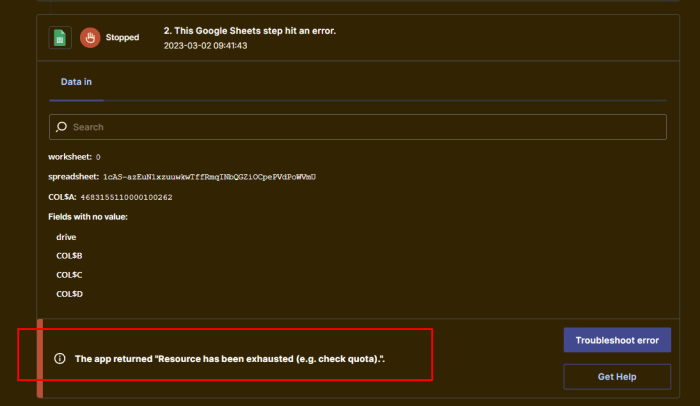Defining Anomalies in Scientific Research

Anomalies represent discrepancies between observed phenomena and prevailing scientific theories. Their presence can signify limitations in current understanding, prompting revisions or even paradigm shifts. Identifying and investigating anomalies is crucial for scientific progress, as they often pave the way for new discoveries and a more complete picture of the natural world.
Categorizing Scientific Anomalies
Scientific anomalies can be broadly categorized based on their nature and impact. One common classification distinguishes between observational anomalies, where experimental results deviate from theoretical predictions, and theoretical anomalies, where existing theories fail to explain observed phenomena. Another approach categorizes anomalies based on their scale – from small, localized discrepancies to those that challenge fundamental principles. Finally, anomalies can be classified based on their persistence – are they fleeting observations or consistently reproducible phenomena?
Examples of Historical Anomalies
The history of science is replete with anomalies that initially defied explanation but ultimately led to revolutionary breakthroughs. For example, the observation of the precession of Mercury’s orbit was an anomaly that could not be accounted for by Newtonian gravity. This anomaly was eventually resolved by Einstein’s theory of general relativity, which provided a more accurate description of gravity.
Another example is the discovery of radioactivity, which initially seemed to violate the established principles of conservation of energy. This anomaly led to the development of nuclear physics and our understanding of atomic structure. The Michelson-Morley experiment’s failure to detect the luminiferous aether, a hypothetical medium for light propagation, served as a crucial anomaly that contributed to the development of Einstein’s theory of special relativity.
Distinguishing Anomalies from Experimental Errors
Differentiating between genuine anomalies and mere experimental errors is a critical aspect of scientific inquiry. Several criteria are employed. Firstly, the consistency and reproducibility of the anomaly are key. A single, isolated observation is less compelling than repeated, independent measurements yielding the same unexpected result. Secondly, the quality and reliability of the experimental methods are rigorously scrutinized.
Systematic errors, biases, or flaws in the experimental design must be ruled out. Thirdly, the anomaly should be subjected to independent verification by other researchers. Confirmation from multiple sources strengthens the case for a genuine anomaly. Finally, the statistical significance of the deviation from expected results is assessed using appropriate statistical tests.
Comparison of Anomaly Types
| Anomaly Type | Description | Historical Example | Impact on Theory |
|---|---|---|---|
| Observational Anomaly | Discrepancy between experimental results and theoretical predictions. | Discrepancy between observed and predicted trajectory of Uranus, leading to the discovery of Neptune. | Refinement or extension of existing theory. |
| Theoretical Anomaly | Existing theory fails to explain observed phenomena. | The ultraviolet catastrophe in classical physics, leading to the development of quantum mechanics. | Development of a new or revised theory. |
| Persistent Anomaly | Repeatedly observed deviation from expected results. | The anomalous precession of Mercury’s orbit, leading to the development of general relativity. | Fundamental shift in scientific understanding. |
| Transient Anomaly | A single or infrequent observation that deviates from expectations. | A single, unusually high reading in a particle physics experiment, possibly due to a cosmic ray event. | May lead to further investigation but often requires further confirmation. |